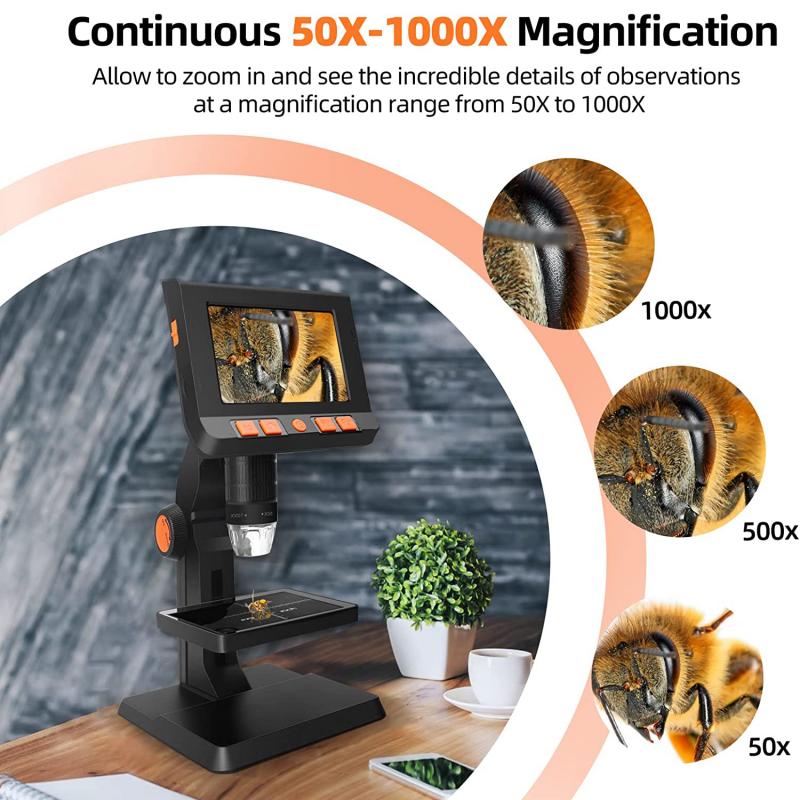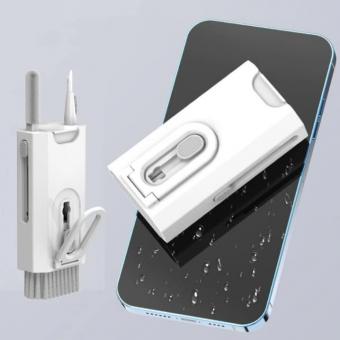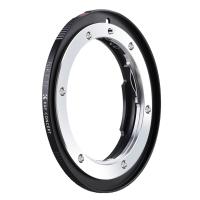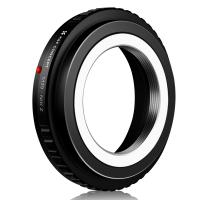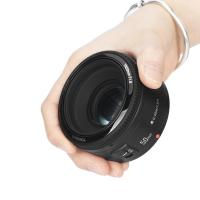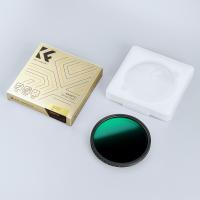How To Make A Microscope Slide ?
To make a microscope slide, you will need a glass slide, a cover slip, a sample to observe, and a mounting medium. First, clean the glass slide and cover slip with a lint-free cloth or tissue to remove any dust or debris. Then, place a small drop of the mounting medium onto the center of the glass slide. Next, place the sample onto the drop of mounting medium and gently press down with the cover slip to spread the sample evenly. Finally, remove any excess mounting medium and air bubbles by gently pressing down on the cover slip with a tissue or a blunt object. The slide is now ready to be observed under a microscope.
1、 Cleaning the slide
Cleaning the slide is an essential step in making a microscope slide. The first step is to gather all the necessary materials, including a clean microscope slide, a clean coverslip, distilled water, and a clean cloth or tissue. It is important to ensure that all materials are free from dust and debris to avoid any interference with the sample.
To clean the slide, start by rinsing it with distilled water to remove any debris or dust particles. Then, use a clean cloth or tissue to wipe the slide gently, ensuring that there are no streaks or smudges left behind. It is important to avoid touching the surface of the slide with your fingers as this can leave oils and other contaminants on the surface.
Once the slide is clean, it is ready for the sample. Place a small drop of the sample on the center of the slide and carefully place the coverslip over the sample. Gently press down on the coverslip to remove any air bubbles and ensure that the sample is evenly distributed.
In recent years, there has been a growing interest in using eco-friendly cleaning solutions for microscope slides. Some researchers have suggested using a mixture of vinegar and water to clean the slides, as it is a natural and non-toxic alternative to traditional cleaning solutions. However, it is important to note that this method may not be suitable for all types of samples and may require additional testing to ensure that it does not interfere with the sample.

2、 Preparing the specimen
Preparing a microscope slide is an essential step in observing specimens under a microscope. The process involves two main steps: preparing the specimen and mounting it on a slide.
Preparing the specimen involves selecting the appropriate sample and preparing it for observation. The sample can be a tissue, cell, or microorganism. The specimen needs to be properly fixed and stained to enhance its visibility under the microscope. Fixation involves preserving the structure of the specimen by using chemicals such as formalin or alcohol. Staining involves adding dyes to the specimen to highlight specific structures or features.
In recent years, there has been a growing interest in using non-invasive techniques for preparing specimens. For example, confocal microscopy allows for the observation of living cells without the need for fixation or staining. Additionally, techniques such as cryo-electron microscopy and super-resolution microscopy have revolutionized the field of microscopy by allowing for the observation of structures at the nanoscale level.
Once the specimen is prepared, it can be mounted on a microscope slide. This involves placing a small drop of the specimen on a clean glass slide and covering it with a coverslip. The coverslip helps to protect the specimen and prevent it from drying out.
In conclusion, preparing a microscope slide involves preparing the specimen and mounting it on a slide. While traditional techniques such as fixation and staining are still widely used, new non-invasive techniques are emerging that allow for the observation of living cells and structures at the nanoscale level.

3、 Placing the specimen on the slide
How to make a microscope slide is a fundamental skill for anyone interested in studying microscopic organisms or structures. The process involves several steps, including preparing the slide, placing the specimen on the slide, and covering it with a cover slip.
The first step in making a microscope slide is to clean the slide thoroughly. This can be done by washing it with soap and water, followed by rinsing it with distilled water and drying it with a lint-free cloth. Once the slide is clean, it is ready for the specimen.
Placing the specimen on the slide is the next step. This involves carefully selecting the specimen and placing it in the center of the slide. It is important to handle the specimen gently to avoid damaging it. If the specimen is too large, it may need to be cut into smaller pieces or sections to fit on the slide.
Once the specimen is on the slide, it is time to add a drop of mounting medium. This is a liquid that helps to preserve the specimen and keep it in place on the slide. The mounting medium is added to the specimen using a dropper or pipette.
After the mounting medium is added, a cover slip is placed over the specimen. The cover slip is a thin piece of glass that is placed over the specimen to protect it and keep it in place. The cover slip is carefully lowered onto the slide, making sure there are no air bubbles trapped underneath.
In conclusion, making a microscope slide involves several steps, including cleaning the slide, placing the specimen on the slide, adding a drop of mounting medium, and covering it with a cover slip. It is important to handle the specimen gently and to use clean equipment to avoid contamination. With practice, anyone can learn how to make a microscope slide and explore the fascinating world of microscopy.

4、 Adding a cover slip
How to make a microscope slide:
1. Obtain a clean glass slide: Start by obtaining a clean glass slide. You can purchase them from a scientific supply store or clean and reuse old ones.
2. Prepare the specimen: Place a small drop of the specimen you want to observe onto the center of the slide. You can use a pipette or a dropper to place the specimen.
3. Spread the specimen: Use a fine-tipped brush or a needle to spread the specimen evenly across the slide. This will ensure that the specimen is thin enough for observation.
4. Add a stain (optional): If the specimen is transparent, you may need to add a stain to make it visible under the microscope. There are many different types of stains available, so choose one that is appropriate for your specimen.
5. Adding a cover slip: Once the specimen is spread evenly, place a cover slip over the specimen. Hold the cover slip at a 45-degree angle and gently lower it onto the slide. This will prevent air bubbles from forming under the cover slip.
6. Seal the edges: To prevent the specimen from drying out and to keep the cover slip in place, you can seal the edges of the cover slip with clear nail polish or a commercial sealant.
Adding a cover slip is an essential step in making a microscope slide. It protects the specimen from dust and damage and ensures that the specimen is flat and thin enough for observation. Cover slips are available in different sizes and thicknesses, so choose one that is appropriate for your specimen. It is also important to handle the cover slip carefully to avoid breaking it or creating air bubbles. With proper technique, you can create high-quality microscope slides that will provide clear and detailed images of your specimens.
